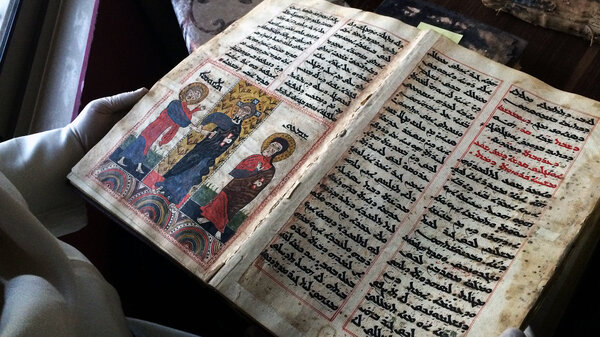During my time in college and grad school, I had the great pleasure of working in book preservation, which was both fun and relaxing. After hours of class and studying, there was nothing like sewing pamphlets and re-casing books to make me feel both productive and rejuvenated. A special pleasure comes from constructing books by hand, seemingly creating something out of nothing.
This year, as in the past, I embarked on some Christmas book-making. I decided to make a sketchbook for one of my relatives.
Getting started with book-binding can require a substantial initial investment in tools and supplies (there is always the pipe dream of having my own iron book press...). I splurged this year and acquired some colorful linen thread, and also made my own book cloth using material from this
fabulous fabric boutique in Chicago (they have the rare distinction of making me excited about fabric shopping-and they have an online store!).
Supplies, ready to go.
Books have two major parts-the text block and the case or boards. I first made my book cloth using the fabric, iron-on adhesive, and tissue paper, and adhered that and the endpapers to the boards. Next, I assembled the text block by cutting down letter-size paper and folding the sheets into individual signatures, or gatherings of 10 pages each. I then marked and punctured holes in the signatures and boards for sewing.
Signatures and boards, ready to be sewn.
Since a sketchbook was the desired result, I opted to bind my book by sewing the boards and signatures together with a Coptic stitch, which is both easier than making a full case (no glue required) and provides a functional and attractive result. Coptic binding allows for the book to lay open flat on its own-perfect for a sketchbook.
Sometime in the near future I'll be working on a regular full case, and will post pictures then. If you'd like to see some beautiful examples of bookbinding from more seasoned and gifted artists, search for journals or hand-made books on
Etsy or through a Google image search.
Merry Christmas!







